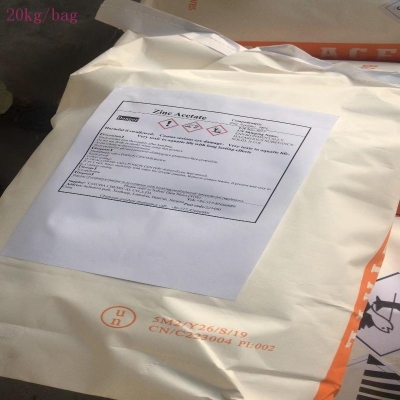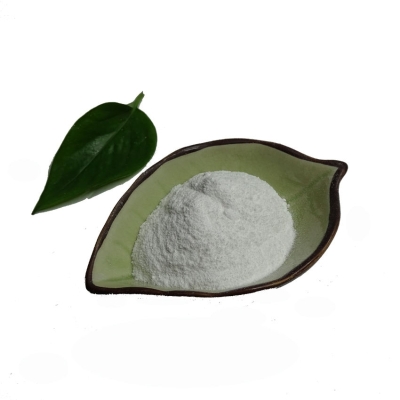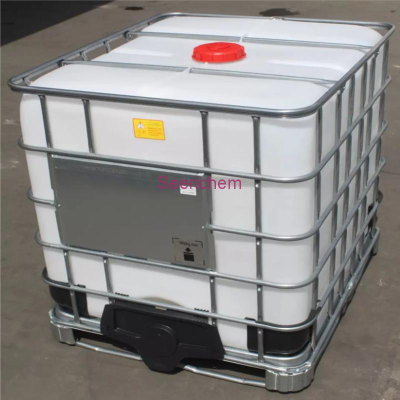-
Categories
-
Pharmaceutical Intermediates
-
Active Pharmaceutical Ingredients
-
Food Additives
- Industrial Coatings
- Agrochemicals
- Dyes and Pigments
- Surfactant
- Flavors and Fragrances
- Chemical Reagents
- Catalyst and Auxiliary
- Natural Products
- Inorganic Chemistry
-
Organic Chemistry
-
Biochemical Engineering
- Analytical Chemistry
-
Cosmetic Ingredient
- Water Treatment Chemical
-
Pharmaceutical Intermediates
Promotion
ECHEMI Mall
Wholesale
Weekly Price
Exhibition
News
-
Trade Service
Since the beginning of this year, the trend of the main raw materials of compound fertilizers has been relatively "strange".
Taking the urea products that fluctuate more frequently, except for the obvious rise in February and March, all other time periods are volatile and adjusted.
, Rose by 20 and fell by 30, and the overall price center of gravity showed a volatile downward trend.
Take the receiving price of Linyi, Shandong as an example.
The high point during the year was RMB 2110/ton at the end of March; the low point was RMB 1680/ton at the end of October and mid-November.
As of November 10, the average price was RMB 1906/ton.
Ton, 100 yuan/ton lower than the average price of the previous year (2020 yuan/ton), a decrease of 5.
64%.
The poor urea price market this year is directly related to the higher operating rate of urea enterprises.
According to the monitoring of Jinlianchuang, the average operating rate of my country's urea enterprises this year is 67.
74%, and the total output is 42.
34 million tons, an increase of 11.
6% and 5.
16% respectively over the previous year.
In addition, although the urea season is obvious, the daily output this year is 14%.
-16 million, especially for a longer period of time around 150,000 tons.
Although the export volume is also increasing, the increase in domestic production is limited, and the supply continues to be in a relatively ample state.
For ammonium phosphate and potash, in addition to falling prices, prices are falling, especially in the peak season of the third quarter.
In previous years, it was customary to be driven by autumn demand, and there would be a wave of rising prices.
Taking 55% powder from Shandong station as an example, as of November 10, the average annual price was 2108 yuan/ton, 251 yuan/ton lower than the previous year (2359 yuan/ton), a decrease of 10.
64%; Salt Lake 60% Upon arrival at the station, the annual average price was 2217 yuan/ton, down 39 yuan/ton from the previous year (2256 yuan/ton), or 1.
73%.
The decline in the price of ammonium phosphate was mainly dragged down by the drop in raw material sulfur and lower international prices.
influences.
It is reported that this year's sulfur is basically in a premature state.
As of mid-November, the actual negotiated price of imported bulk particles along the Yangtze River has fallen below 500 yuan/ton, which is a decrease of 730 yuan/ton from the high point in the year, a decrease of 59.
34%; For example, the average annual price of Yangtze River granules from January to November this year was 865 yuan/ton, down 29.
62% from the previous year.
Potash fertilizer was dragged down by the persistently high port inventory, and the price continued to fall.
Fortunately, with the support of large contract costs, the market's decline in the second half of the year slowed down.
It is rumored that this year’s big contract will be postponed until next spring.
Starting from November, the arrival of goods at the port will decrease, and the domestic shift will focus on digesting port inventory.
In addition, the big contract in India has been signed at the end of October, which will restrain the Chinese market from falling sharply.
Space.
On the whole, the trend of the main compound fertilizer raw materials this year is relatively poor, which greatly weakens the support for the cost and mentality of compound fertilizer, and greatly squeezes the operational space of enterprises and distributors.
It is not difficult to understand that until now, the market winter storage is still waiting.
Taking the urea products that fluctuate more frequently, except for the obvious rise in February and March, all other time periods are volatile and adjusted.
, Rose by 20 and fell by 30, and the overall price center of gravity showed a volatile downward trend.
Take the receiving price of Linyi, Shandong as an example.
The high point during the year was RMB 2110/ton at the end of March; the low point was RMB 1680/ton at the end of October and mid-November.
As of November 10, the average price was RMB 1906/ton.
Ton, 100 yuan/ton lower than the average price of the previous year (2020 yuan/ton), a decrease of 5.
64%.
The poor urea price market this year is directly related to the higher operating rate of urea enterprises.
According to the monitoring of Jinlianchuang, the average operating rate of my country's urea enterprises this year is 67.
74%, and the total output is 42.
34 million tons, an increase of 11.
6% and 5.
16% respectively over the previous year.
In addition, although the urea season is obvious, the daily output this year is 14%.
-16 million, especially for a longer period of time around 150,000 tons.
Although the export volume is also increasing, the increase in domestic production is limited, and the supply continues to be in a relatively ample state.
For ammonium phosphate and potash, in addition to falling prices, prices are falling, especially in the peak season of the third quarter.
In previous years, it was customary to be driven by autumn demand, and there would be a wave of rising prices.
Taking 55% powder from Shandong station as an example, as of November 10, the average annual price was 2108 yuan/ton, 251 yuan/ton lower than the previous year (2359 yuan/ton), a decrease of 10.
64%; Salt Lake 60% Upon arrival at the station, the annual average price was 2217 yuan/ton, down 39 yuan/ton from the previous year (2256 yuan/ton), or 1.
73%.
The decline in the price of ammonium phosphate was mainly dragged down by the drop in raw material sulfur and lower international prices.
influences.
It is reported that this year's sulfur is basically in a premature state.
As of mid-November, the actual negotiated price of imported bulk particles along the Yangtze River has fallen below 500 yuan/ton, which is a decrease of 730 yuan/ton from the high point in the year, a decrease of 59.
34%; For example, the average annual price of Yangtze River granules from January to November this year was 865 yuan/ton, down 29.
62% from the previous year.
Potash fertilizer was dragged down by the persistently high port inventory, and the price continued to fall.
Fortunately, with the support of large contract costs, the market's decline in the second half of the year slowed down.
It is rumored that this year’s big contract will be postponed until next spring.
Starting from November, the arrival of goods at the port will decrease, and the domestic shift will focus on digesting port inventory.
In addition, the big contract in India has been signed at the end of October, which will restrain the Chinese market from falling sharply.
Space.
On the whole, the trend of the main compound fertilizer raw materials this year is relatively poor, which greatly weakens the support for the cost and mentality of compound fertilizer, and greatly squeezes the operational space of enterprises and distributors.
It is not difficult to understand that until now, the market winter storage is still waiting.







